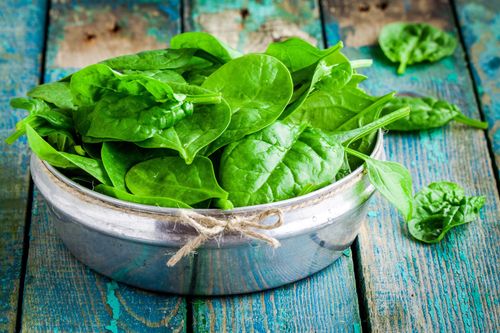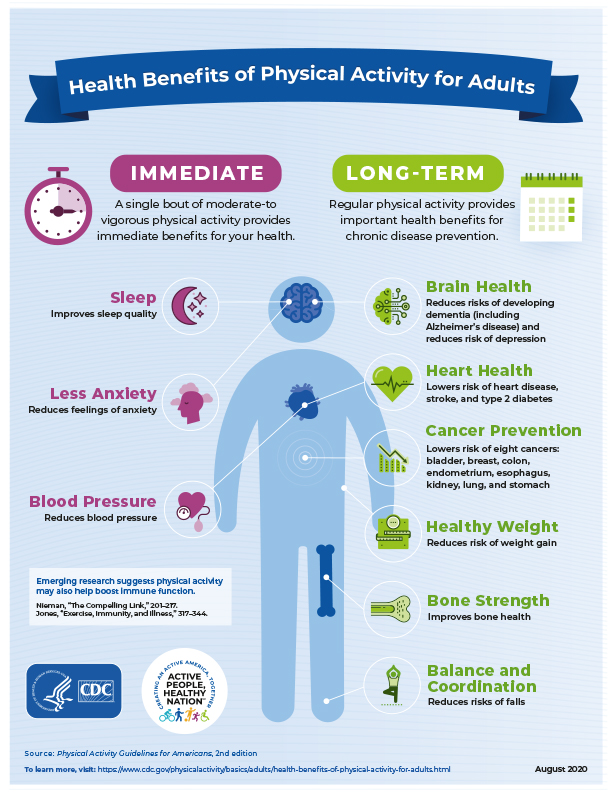
Chicken fat is a healthy and popular source of animal protein. If it is not properly cooked, it can pose a problem. We will be showing you how to remove the skin from chicken. The fat found on the skin of chicken is a great way reduce its fat content and enhance its flavor. The first step is to make sure the skin is clean and dry. This will help avoid skin infection by bacteria.
When it comes to fat in chicken, it's best to stay away from dark meat. The wing is the next most fatty part. The wing has 8.06 grams of fat per 100 grams. A large wing is 16.7 grams in fat per 100g. Three smaller wings are just over half as high. Make sure to double-check the fat content when you are weighing your favorite chicken recipe.

Although you can remove the skin of chicken, it will add calories. You can also remove skin from meat. However, you should keep in mind that chicken skin contains more heart-healthy unsaturated fat than saturated fat. The skin of chickens should not be removed without your permission. High-quality protein is contained in the skin. Once the top layer of skin has been removed, you can still enjoy its flavor and texture.
Chicken fat is a great source of proteins. Besides being a delicious ingredient in sausages, it's also a partial substitute for solid sources of fat. The skin of chicken is an important part. In addition to maximizing the amount of useful fat from poultry, it also has high levels of unsaturated fatty acids, making it a viable alternative for many uses. This oil is particularly beneficial to the meat industry because it increases plasticity.
Chicken is a protein source that is high in protein. Either order free-range chicken online or from your local farmer. You can find free-range poultry at a local farm. It is also available at your local supermarket. When buying chicken, make sure to select organic and free range. The fat on chicken skin is mostly monounsaturated. This type fat is easily found in olive oil.

Instead of frying your chicken, you can bake it instead. The higher the temperature of your oven, the less fat it will have on the chicken. The process of roasting, broiling, and grilling chicken breasts is the healthiest way to cook chicken breast. Avoid deep-frying it or breading it as these methods can increase the fat. You can also use barbecue sauce to make the skin of the bird look attractive.
FAQ
Are there 5 ways to have a healthy lifestyle?
A healthy lifestyle means eating right, being active, getting enough sleep, managing your stress levels, and having fun. You should avoid processed foods, sugar, or unhealthy fats. Exercise is good for your body and muscles. You can improve your memory and concentration by getting enough sleep. Stress management can reduce anxiety and depression. Fun keeps us vibrant and young.
These are the 7 secrets to a healthy life.
-
Be healthy
-
Exercise regularly
-
Rest well
-
Get plenty of water.
-
Get enough rest
-
Happy!
-
Smile often
Why does our weight change as we get older?
How can you find out if your weight has changed?
If there are less calories than muscle mass, then weight loss is possible. This means that daily energy needs must be greater than the calories consumed. Activity levels are the most common reason for weight loss. Other factors include stress, illness and pregnancy. A person who has more fat than their muscle mass will experience weight gain. It happens when people eat more calories than they use during a given day. Common reasons include overeating, increased physical activity, and hormonal changes.
The main reason why our bodies lose weight is because we consume fewer calories than we burn. Exercise regularly increases your metabolism rate, which allows you to burn more calories every day. This does not necessarily mean that we will get thinner. What is more important is whether or not our body is losing or gaining weight. We will lose weight if we burn more calories than we consume. But if you consume more calories than you burn, you're actually storing them for fat.
As we age, our ability to move around is slower and we are less mobile. We also tend to eat less food than we did when we were younger. Therefore, we tend to put on weight. On the other hand, we have more muscle mass and look larger than we actually are.
There's no way to tell how much weight you've lost unless you weigh yourself every week. There are many ways to determine your weight. You can check your waist size, your hips, your thighs, your arms, etc. Some prefer to use the bathroom scales, others prefer to use tape measures.
You can track your progress by weighing yourself at least once per week and measuring your waistline every month. You can also take photographs of yourself every few years to track how far your progress has been.
You can also find out how much you weigh by looking up your height and weight online. For example, if you're 5'10" tall and weigh 180 pounds, you'd probably weigh 180 pounds.
Is being cold bad for your immune system?
Cold can make you less immune to infection because your body makes fewer white blood cells, which are essential for fighting infections. Being cold can make you feel more comfortable because your brain releases endorphins which help reduce pain.
Statistics
- WHO recommends consuming less than 5% of total energy intake for additional health benefits. (who.int)
- WHO recommends reducing saturated fats to less than 10% of total energy intake; reducing trans-fats to less than 1% of total energy intake; and replacing both saturated fats and trans-fats to unsaturated fats. (who.int)
- Extra virgin olive oil may benefit heart health, as people who consume it have a lower risk for dying from heart attacks and strokes according to some evidence (57Trusted Source (healthline.com)
- According to the 2020 Dietary Guidelines for Americans, a balanced diet high in fruits and vegetables, lean protein, low-fat dairy and whole grains is needed for optimal energy. (mayoclinichealthsystem.org)
External Links
How To
What does the meaning of "vitamin?"
Vitamins can be described as organic compounds found in food. Vitamins are essential for our bodies to absorb nutrients from the foods we eat. Vitamins cannot be produced by the body. They must be acquired from food.
There are two types vitamins: water soluble or fat soluble. Water-soluble vitamins dissolve quickly in water. Vitamin C,B1(thiamine), B2 (2riboflavin), and B3 (3niacin), as well as vitamin C,B1, B2 (riboflavin), and B3 (niacin), vitamin B6 (pyridoxine), vitamin folic acid (biotin), pantothenic, and choline are examples. The liver and fat soluble vitamins are stored within the liver and in fatty tissue. These include vitamin D, E and K, as well as beta carotene.
Vitamins are classified according their biological activity. There are eight major groups of vitamins:
-
A – Essential for normal growth, and the maintenance of good health.
-
C - important for proper nerve function and energy production.
-
D – Essential for healthy teeth, bones and joints
-
E is required for good vision and reproduction.
-
K - required for healthy muscles and nerves.
-
P - vital for building strong bones andteeth.
-
Q - aids digestion, absorption and absorption iron
-
R - Required for red blood cell production
The recommended daily allowance for vitamins (RDA) varies based on gender, age, and physical conditions. The U.S. Food and Drug Administration (FDA) sets the RDA values.
For adults aged 19 and older, the RDA for vitamin B is 400 micrograms daily. Pregnant women require 600 micrograms daily to support fetal development. Children ages 1-8 require 900 micrograms per day. Children under 1 year old require 700 micrograms daily, while infants over one year old need 500 micrograms every day. This decreases between 9 and 12 months.
Children ages 1-18years who are obese need 800 micrograms per day while those who are overweight need 1000 micrograms per day and children who are underweight need 1200 micrograms per day to meet their nutritional needs.
Children aged 4-8 years old who have been diagnosed as having anemia require 2200 micrograms of vitamin C per day.
2000 micrograms is the minimum daily intake for adults over 50 years old to maintain good health. Because of their higher nutrient needs, women who are pregnant or nursing need 3000 mg per day.
1500 micrograms is the recommended daily intake for adults aged 70+, who lose approximately 10% of muscle each year.
Women who are pregnant, nursing or breastfeeding need more than the RDA. Pregnant mothers need 4000 micrograms per daily during pregnancy and 2500 after giving birth. Breastfeeding mothers need 5000 mg per day when breastmilk is being produced.